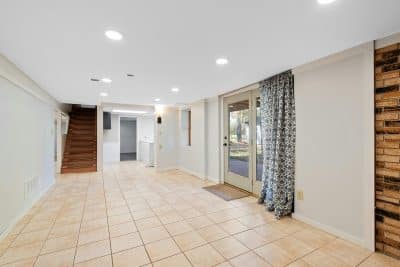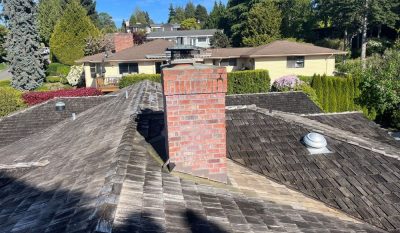
Plumbing quietly shapes how a home functions each day. The way water flows, drains, and moves through the house reveals how thoughtfully it was designed. Good design prevents leaks, protects the structure, and keeps maintenance simple. It’s what separates lasting comfort from constant repair.
A well-planned system gives peace of mind. Every pipe and fixture supports the rhythm of daily life. It keeps spaces dry, efficient, and dependable. When plumbing design works in sync with how people live, it becomes a foundation of safety, proving that true comfort starts with smart design.
Pipe Material Choices Reveal Long-Term Resilience
The pipes behind your walls decide how long your plumbing will last. The right material keeps water clean, prevents corrosion, and reduces the risk of costly leaks. Each option offers unique benefits, but choosing wisely means fewer repairs and stronger water safety over time.
- Copper: Known for strength and longevity. It resists corrosion and maintains clean water flow for decades.
- PEX (Cross-Linked Polyethylene): Flexible and easy to install. It handles pressure changes and freezing temperatures without cracking.
- PVC (Polyvinyl Chloride): Lightweight and affordable. It works well for drain and vent systems where the pressure is lower.
- CPVC (Chlorinated PVC): Heat-resistant and durable. It performs better than standard PVC for hot water lines.
Fixture Selection and Placement Reflect Risk Awareness
Fixtures shape how safely water moves through a home. Poor placement or low-quality fittings often cause leaks, overflow, and gradual damage that stays hidden until it spreads. Smart design prevents those issues by directing water flow, reducing pressure on joints, and limiting exposure to vulnerable surfaces.
Simple details make a big difference in preventing plumbing defects. A sink positioned over a waterproof pan or a faucet with an easy-to-reach shut-off valve adds real protection. Visible controls and overflow features turn small mishaps into minor cleanups instead of major repairs.
Even with careful planning, leaks can still occur. When that happens, specialists can help homeowners fix flood damage safely and protect structural materials from further moisture. Integrating accessible fixtures and safety features during design ensures those repairs are easier, faster, and less disruptive.
Drainage Slope and System Layout Show How Water Moves
Water safety depends on how smoothly it leaves your home. A well-designed drainage system prevents backups, standing water, and slow-draining fixtures. Poor slope or hidden bends trap debris and lead to blockages that stress pipes and flooring.
Every angle and connection matters. Drain lines need a consistent downward slope so water and waste flow freely. Venting keeps pressure balanced and reduces gurgling or odor. Clean-out access points make maintenance simple and fast.
When drainage design allows easy flow and repair, it protects more than plumbing. It prevents costly damage, supports hygiene, and keeps your living space dry and safe. Modern homes benefit from smart plumbing solutions that enhance efficiency, monitor flow, and reduce the risks linked to poor system design.
Hidden Junctions and Accessibility Indicate System Health
A home’s plumbing should be easy to inspect and service. Hidden joints, buried valves, or inaccessible panels create weak points that stay unnoticed until a problem grows. Good design brings those points into view, making it easier to spot leaks before they cause damage.
Access panels, labelled shut-offs, and open service zones make maintenance simple. When valves and joints are reachable, repairs take minutes instead of hours. It also helps professionals diagnose pressure issues or corrosion early, saving time and money.
Maintenance Culture Begins with Design
Water safety depends on how a home supports regular upkeep. A system that’s easy to monitor and maintain encourages consistency. Clear labelling, visible piping, and service access points remind homeowners to check connections and pressure before small issues grow.
Design influences behavior. When plumbing is hidden or difficult to reach, leaks go unnoticed, and maintenance gets delayed. Over time, that neglect leads to corrosion, mold or moisture, and structural problems that cost far more to fix.
Wrapping Up
When plumbing is designed with intention, it works quietly in the background, keeping the structure strong and the air dry. Good design anticipates problems before they appear. It supports the routines that keep a home safe.
What your plumbing says about your home is simple: safety begins where design and foresight meet, long before the first drop flows through the pipes.








